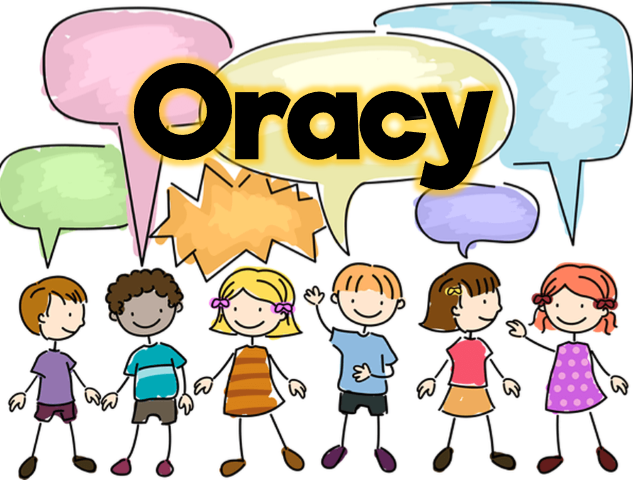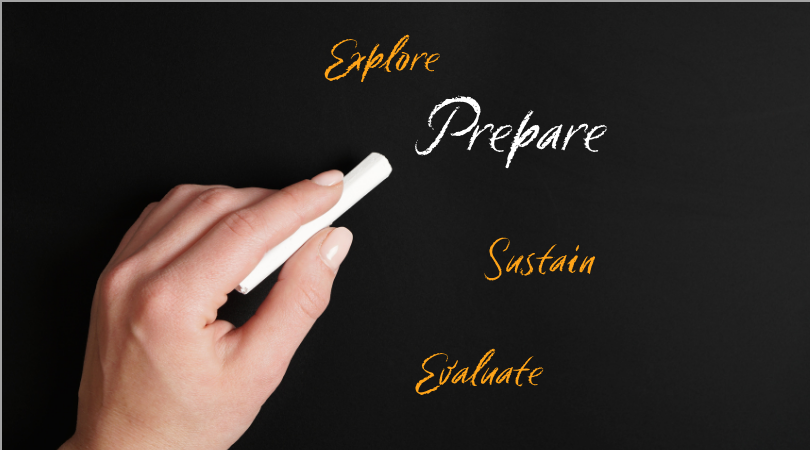How do you assess your school’s progress in developing metacognition?
For any School Leader or Drive Team member, one of the key questions is ‘how will I know that this is working?' On your journey to become a Thinking School, much of the background chatter will be about tools to measure the progress of your learners.
The EEF guidance report’s evidence acknowledges the impact upon learners as they acquire Metacognition and Self-Regulation strategies to be a potential 7 months additional progress. Therefore, having set the goal to become a Thinking School and explicitly develop the thinking skills and dispositions of every student, it is important to monitor progress and success.
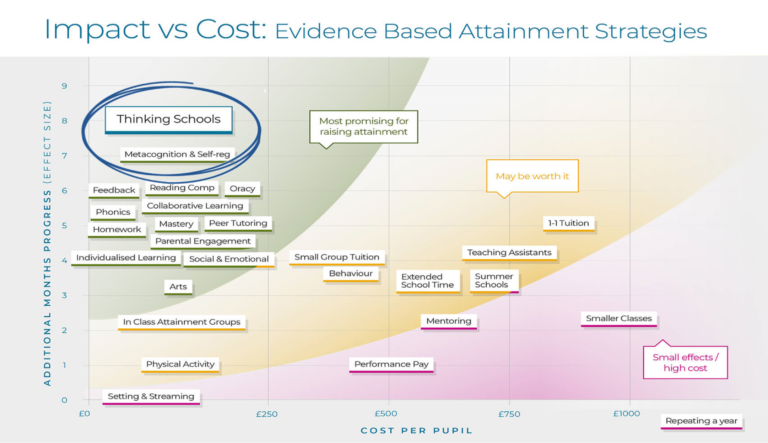
Setting the Context
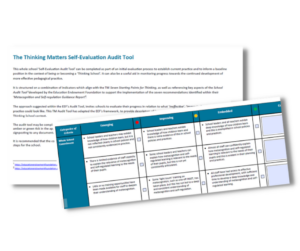
In order to be able to monitor progress and evaluate impact, it is good practice for the school to establish the baseline early in their Thinking School journey. Many schools use questionnaire surveys to gather qualitative evidence to inform self-evaluative processes and this is an excellent starting point, along with current data available in the school. Furthermore, Thinking Matters provides a Self-evaluation Audit Tool that is mapped to the seven starting points as identified by the University of Exeter to recognise a ‘Thinking School’, along with a range of baseline questionnaires. Such questionnaires may be used to seek the views of all stakeholders to gauge where a school community currently sees itself as an establishment that is arming their students for successful futures by developing metacognitive thinkers and learners.
Measuring Student Perceptions
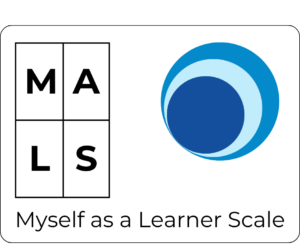 However, we also need to measure aspects of students’ personal development and attitudes to learning and thinking. This is sometimes harder to gauge or know how to measure. Thankfully, we can offer all members of the Thinking Schools Network a specific measuring tool to meet these objectives: ‘Myself as a Learner Scale’ (MALS). Developed by Emeritus Professor Bob Burden at the University of Exeter and redesigned in 2012, MALS seeks to take the views of various groups within the school community and helps track learner progress in schools. As a scale it has been designed to be brief and easy to administer and score. The scale asks students to rank themselves in response to 20 questions relating to themselves as learners and problem-solvers. Its key aim is to provide insights into students’ self-perceptions and attitudes towards learning. Some schools have adapted it into an online form and created tracking spreadsheets to automatically score the answers.
However, we also need to measure aspects of students’ personal development and attitudes to learning and thinking. This is sometimes harder to gauge or know how to measure. Thankfully, we can offer all members of the Thinking Schools Network a specific measuring tool to meet these objectives: ‘Myself as a Learner Scale’ (MALS). Developed by Emeritus Professor Bob Burden at the University of Exeter and redesigned in 2012, MALS seeks to take the views of various groups within the school community and helps track learner progress in schools. As a scale it has been designed to be brief and easy to administer and score. The scale asks students to rank themselves in response to 20 questions relating to themselves as learners and problem-solvers. Its key aim is to provide insights into students’ self-perceptions and attitudes towards learning. Some schools have adapted it into an online form and created tracking spreadsheets to automatically score the answers.
Benefits of MALS:
- Firstly it supports the metacognitive cycle by asking students to be self-reflective. It allows students to reflect on their own learning experiences and abilities. By rating statements about their learning attitudes, behaviours, and self-efficacy, students provide valuable data about their self-perceptions. As we know, the first time they see the questionnaire they might find it hard to be truly reflective and aware of their dispositions. We want to encourage our learners to recognise and appreciate that behaviour in him or herself; for it to become part of their identity.
- Secondly, MALS helps us get into the mindset of our students; or as much as they will allow us! The scale measures aspects such as confidence, motivation, and resilience. Understanding these factors helps teachers identify students who may have a fixed mindset or low self-esteem about their learning capabilities, which can impact their academic progress. The more our students understand about their motivation and what drives them, only then can they begin to adjust their approach and see positive results.With insights from MALS, teachers can tailor their support to individual students. For instance, they can provide specific feedback, encouragement, and interventions to help students build confidence and improve their learning strategies.
- Additionally it helps leaders to identify learning barriers, by revealing students’ attitudes towards learning, MALS helps identify psychological or emotional barriers that may hinder progress. For example, a student who consistently rates themselves low on statements about their ability to understand new concepts may need additional support or encouragement. Explicit thinking does not take place in a vacuum. It allows the student a moment to step back and actually consider the many factors that are needed to develop subject knowledge; how embedded are cognitive capabilities or intelligent learning behaviours? Helping students’ understand their self-perceptions can also help address their emotional and psychological well-being and is central to motivation. Or at the very least provide a starting point for discussion to empower them for the future.
For the Drive Team as you assess your progress towards your Thinking School vision, being able to track changes over time is invaluable. By administering MALS periodically allows teachers to track changes in students’ self-perceptions and attitudes over time. This can be especially useful for monitoring the impact of teaching strategies, interventions, or changes in the learning environment. As John Kotter outlines in his model when leading change, as you build on the change it is important to ‘highlight achieved and future milestones’ with all stakeholders. MALS provides quantitative data that can be used alongside other performance metrics to make informed decisions about teaching strategies, curriculum adjustments, and resource allocation.
If you would like a copy of the Myself as a Learner Scale and the effect size spreadsheet to use with your school then please email your Thinking Matters’ Consultant.
